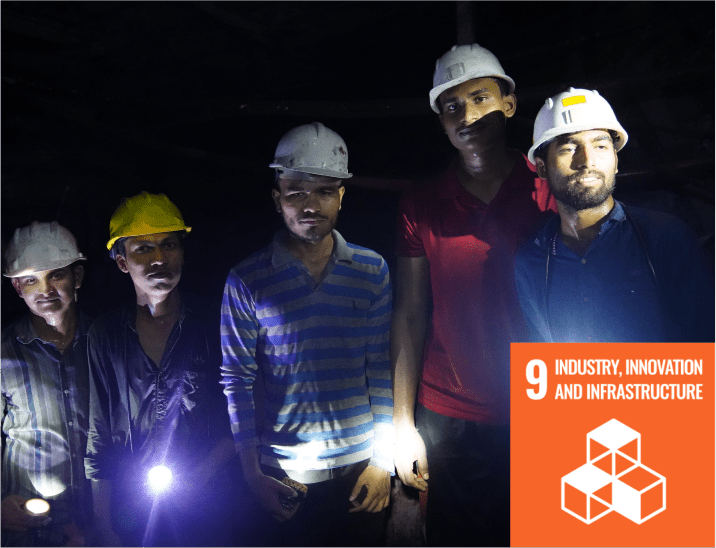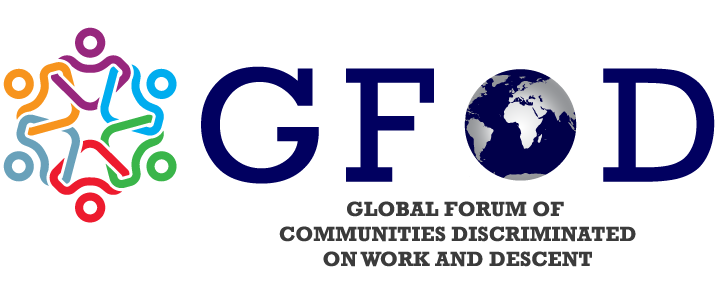SDG Goal 9 – Industry, Innovation and Infrastructure

Pro-poor growth is crucial to meeting the SDG targets. Poverty reduction requires economic growth which, when accompanied by sound macroeconomic management and good governance, results in sustainable and socially inclusive development of CDWD communities. Moreover, the vulnerability of the poor to economic shocks and natural disasters must be reduced to enhance their well-being and encourage investment in human capital and in higher-risk and higher-return activities.
The provision of infrastructure is an essential facilitating measure for economic growth and local development. Without sustainable infrastructure development, it will be difficult to meet many of the SDG targets.
The National Infrastructure Equity Audit report brought out by the Praxis Institute for Participatory Practices in India found that most of the infrastructure and service delivery points are concentrated in the dominant caste part of villages. Dalits, most commonly referred to as Scheduled Castes in India have limited or no access to public infrastructure.
One prominent reason behind the lack of infrastructure around CDWD communities is political marginalisation and their simultaneous inability to raise their voice. Better off non-CDWD communities, on the other hand, are the favoured targets for installation of public infrastructure facilities. For instance, it is not uncommon to see water points installed closer to Dalit communities using funds from the SC sub-plan, a provision of the Indian government to allocate proportional resources to Dalits.

